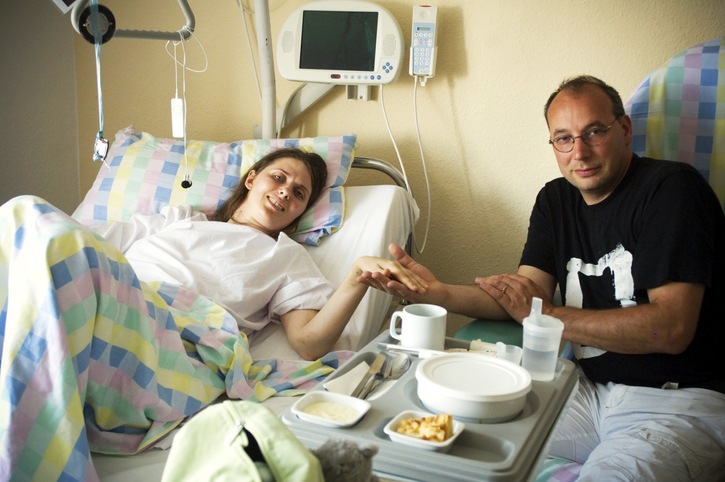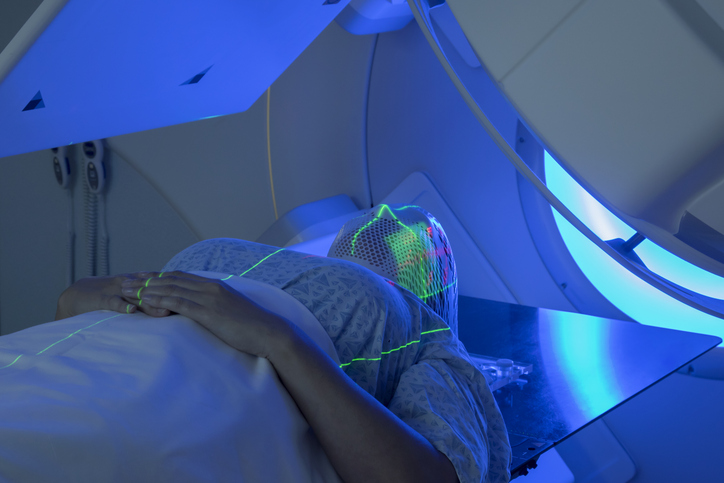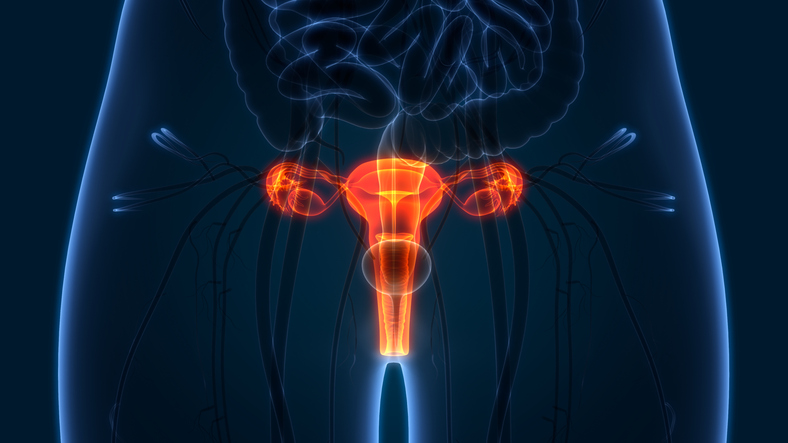
Malnutrition affects anywhere from 50% to 80% of cancer patients. A new study examined the effectiveness of a patient- and family-centered intervention to improve nutrition among cancer patients.
Factors including no appetite, indigestion, nausea, and more increase the risk of malnutrition in this patient population, the researchers explained. They cited possible outcomes associated with malnutrition including:
- Increased morbidity
- Longer hospital length of stay
- Increased unscheduled readmissions
- Poorer quality of life
- Reduced response to/tolerance of treatment
- Decreased survival
- Increased healthcare costs
“Nutrition education is an effective strategy to improve patient outcomes, however, little is known regarding the impact of family and/or carer involvement in nutrition education and requires investigation,” they stated.
The study authors examined the effectiveness of the PIcNIC (Partnering with families to promote nutrition in cancer care) intervention, during which patients and/or family members participated in one 30-minute education session and received a booklet that provided information on the importance of nutrition therapy during cancer, how to support nutrition intake, management of symptoms, and eating/weight-related issues strategies; the use of food diaries was also discussed. Interventions were delivered in the inpatient, outpatient, or home setting. Participants were refreshed on the education upon discharge or two to four weeks after the initial intervention. They later took part in semi-structured interviews to discuss their perceptions of the program. The intervention took place at two sites, one in Hong Kong and one in Australia.
A total of 64 interviews were conducted with patients (n=20), family members (n=15), and healthcare professionals (n=29). Interview responses were used to create two categories: (1) context and intervention feasibility and acceptability, and (2) benefits of patient- and family-centered nutrition care. The researchers identified redundant topics for each category.
Context and Intervention Feasibility and Acceptability
Topics that came up repeatedly in category one were identified by the researchers as follows: “the intervention works in outpatient settings, the food diary is easy but needs to be tailored, the information booklet is a good resource, and the intervention should be delivered by a dietitian, but could be delivered by a nurse.”
The inpatient setting was challenging for implementation because patients either may have been feeling too sick to take part, or were only staying in the inpatient setting for a couple of days. One patient from the inpatient setting reported that the education session “was good” but she was very tired during it and would have rather been resting. Meanwhile, a home care nurse commented, “In outpatient or in home-setting I find … patient’s condition is quite better … [they] have energy to take this information.”
Regarding the food diary, one outpatient said it was easy to use. However, one improvement would be to make it more customizable. An inpatient said, “I actually had water or a cordial extra … and even though that’s minor, it’s in my day … probably more area for fluid intake because I don’t just have water. I have cordial or tea and coffee.”
A doctor, meanwhile, called it “a bit lengthy … actually quite difficult for them to go through. For usual patients or some usual caregivers in our district. Most of them might not have that kind of intelligence in filling [the form] … it really depends on the educational level … There may be some potential difficulties because in this written record usually is very difficult to quantify the amount he is taking.”
Benefits of Patient- and Family-Centered Nutrition Care
Repeat topics identified from category two were: “a personalised nutrition plan is required, patient and family involvement in the intervention is valued and the intervention has benefits for patients and families.”
Across participants, it was agreed upon that personalized nutrition was the best avenue.
Patients appreciated feeling supported. One outpatient said, “It’s just support and, you know, not feeling as if you’re on your own and that you’ve got a big job to do – that you can share it with somebody.”
Both patients and families said they learned a lot about caner-specific nutrition, particularly the importance of protein. One inpatient said that the intervention “pointed me in the right direction as far as high proteins … it was really good to refresh my memory as to what was important nutrition wise.” An outpatient reported, “Before meeting with the dietitian, I misunderstood I could eat 4 tael [Chinese weight system] of meat per meal; I therefore ate a total of 12 tael of meat for 3 meals until the dietitian explained, I should separate the 4 tael of meat into 3 meals instead.”
The intervention also helped to dispel certain perceived myths around nutrition. This also led to a more diverse diet for patients, who in some cases were now eating foods that perhaps had been previously perceived as bad and were eliminated from their diet; one outpatient said they were introduced to “all kinds of foods.”
A nurse said that a patient’s relative said that this was helpful “because she knows how to make some different food for the patient. And she was surprised that the dietitian taught her to give … Horlick and sandwiches to the patient, she’s surprised that she can try to give this, not just only rice, or congee.”
In some instances, however, this was not the case, as some Hong Kong-based families still experienced conflict due to their preconceived notions about what diets were and were not acceptable.
In addition to receiving more education on nutrition, the intervention was also “giving family members something to do” to support the patient with cancer, said one doctor, which helped to alleviate some of their stress, as well as improve outcomes aside from just nutrition; as one nurse described, eating was “also not only for the food, also for the whole family, not only for the physical symptoms and also [to] treat the psychological. Because the family thinks that if [the patient] cannot eat, maybe the survival time is decreased.”
One dietician summarized, “Our goal is not [to] emphasize too much about calories and protein, but we realized … many family members are quite stressful [sic] about preparing food … . So, I think nutritional advice can help them to choose foods that are tolerated by the patient that … so they can enjoy the food … that can help to release the tension … relieve the pressure of the both family and patients.”
The results of the study were published in BMC Nutrition.
The researchers concluded, “The availability of families and well-positioned health care professionals in these settings may allow health care professionals to more readily incorporate patient and family centred care into their clinical practice.”







 © 2025 Mashup Media, LLC, a Formedics Property. All Rights Reserved.
© 2025 Mashup Media, LLC, a Formedics Property. All Rights Reserved.